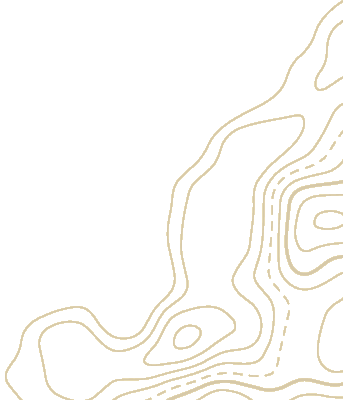

Water from all the ponds drains into Ironbark Reed Marsh. This includes the water from Melaleuca Swamp Forest which is very high in nutrient content as a result of bird excrement from the large number of Ibis and Egrets that breed and roost in the trees there. The water drains very slowly through the native Typha and Phragmites Reeds that filter out the nutrients and sediment before the water reaches Ironbark Creek. Reed beds provide nesting sites for many waterbirds including small birds like the Australian Reed-warbler, Tawny Grassbird, Little Grassbird and the Golden-headed Cisticola. They are also an ideal habitat for the rarely seen Australasian Bittern.
Can you see any small birds sheltering in the reeds?
The importance of reed beds as a nutrient and sediment filter.
Water drains from all ponds into Reed Marsh and then along Ironbark Marsh to Ironbark Creek. The reed beds act as a filter removing nutrients and sediment that enter the system as runoff from the surrounding suburb and the Melaleuca Swamp Forest.
The water from the Melaleuca Forest is very high in nutrient content as a result of bird excrement from the large number of Ibis and Egrets that breed and roost in the trees above the wetlands. The water drains very slowly through Ironbark Reed Marsh which is full of native Typha and Phragmites reeds. It then enters Ironbark Creek which is a tributary of the Hunter River.
100 years of human intervention and engineering works in the surrounding wetlands and Ironbark Creek blocked its historical drainage outlets changing the original salt marsh it into the fresh water marsh you see on either side of the boardwalk today.
The importance of reed beds as habitat
Reed beds provide an important habitat for native birds. They provide nesting sites for many water birds and are the favourite habitat of a number of small grassbirds such as the Australian Reed-warbler and Tawney Grassbird, Little Grassbird and the Golden Headed Cisticola often seen from the bench and boardwalk.
The rare Australasian Bittern has been sighted in the area on a small number of occasions since 1985. They favour areas of thick reeds for breeding and feeding. It is extremely well camouflaged and feeds on small birds, mammals, frogs, yabbies and insects.
Translate now:

A Glencore Community Project